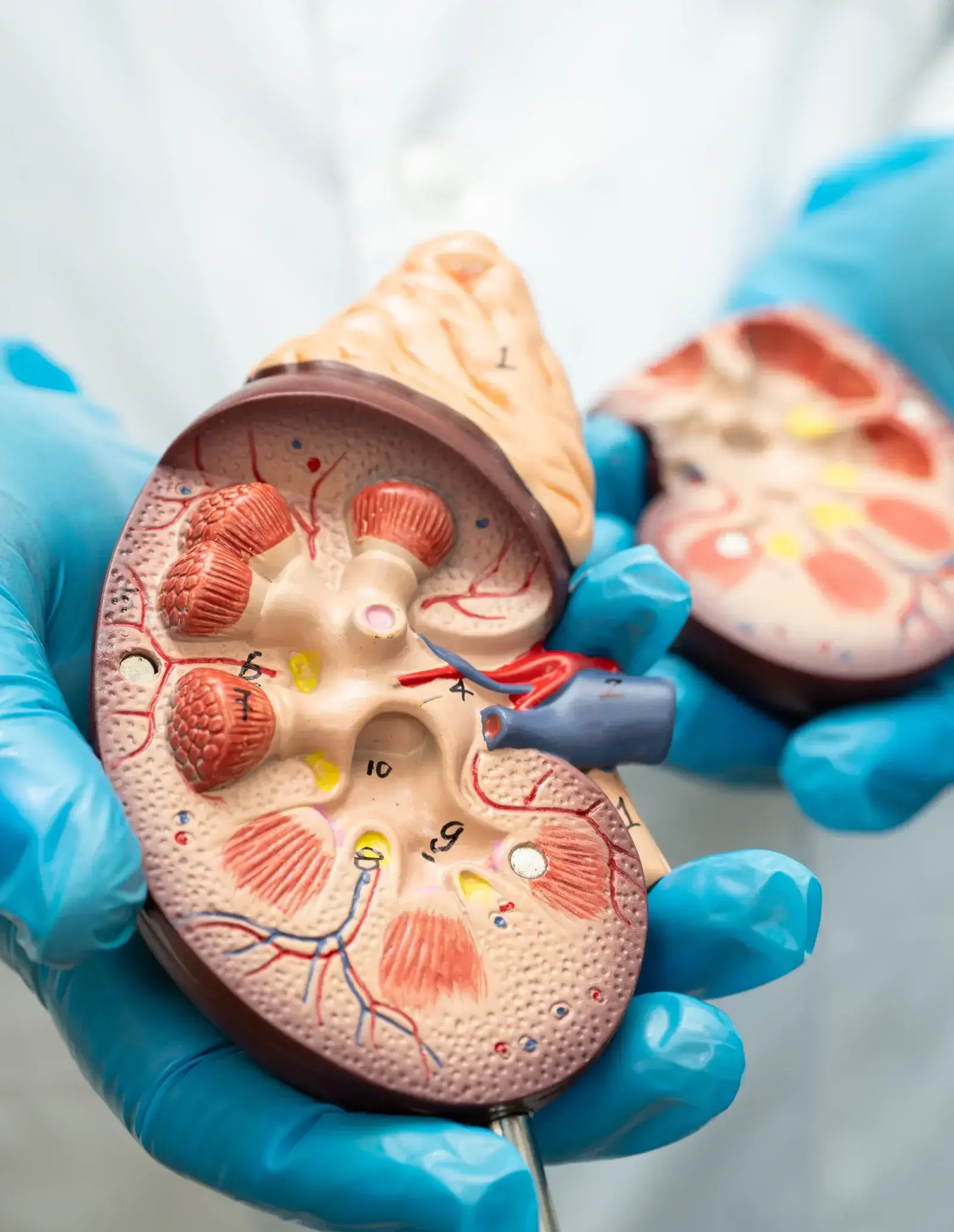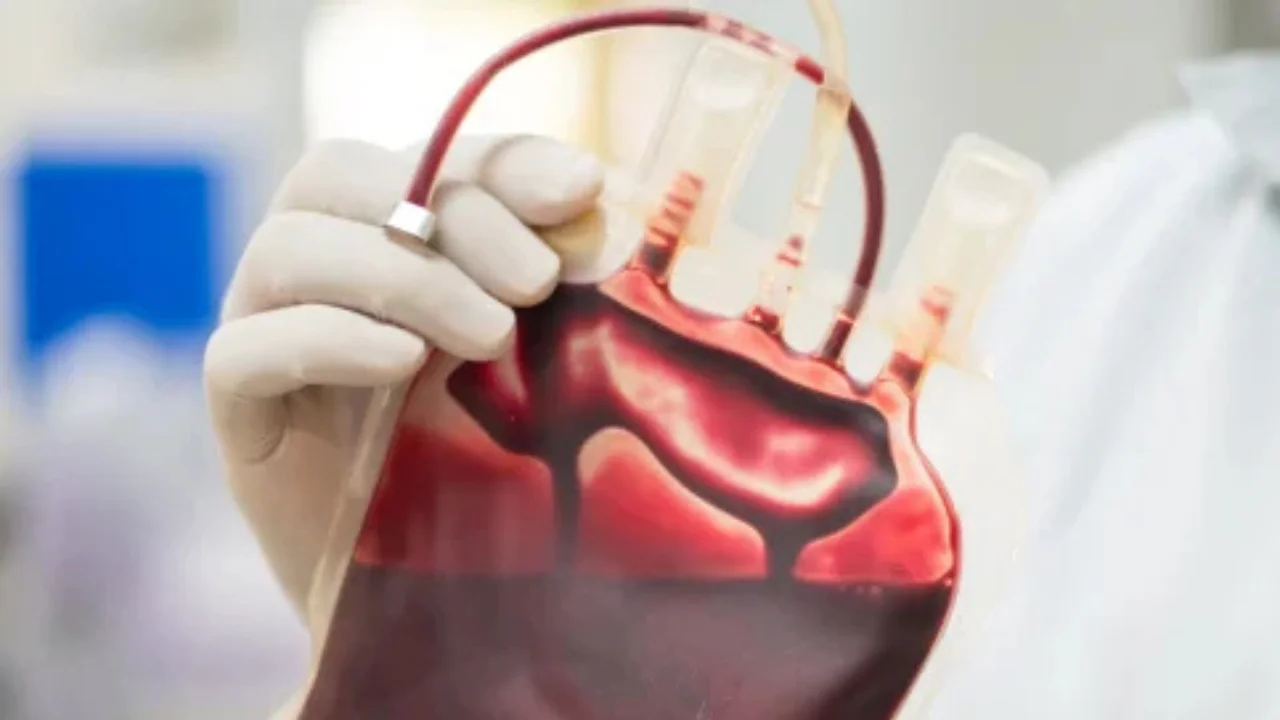
Plasma Pheresis
A Delicate Balance, A Powerful Treatment.
CRRT (Continuous Renal Replacement Therapy) : CRRT is a form of dialysis used for critically ill patients, often in intensive care, who cannot tolerate traditional dialysis due to unstable blood pressure or other health complications.
Plasma Pheresis: Plasma Pheresis, also known as therapeutic plasma exchange (TPE), Best plasma pheresis in Ahmedabad. is a procedure in which blood is drawn, and the plasma (the liquid part of the blood containing antibodies and proteins) is separated and replaced with a substitute solution or donor plasma.
Blood Exchange: Blood Exchange, or exchange transfusion, is a procedure in which a patient’s blood is gradually removed and replaced with fresh blood or blood components

Symptoms
These therapies are indicated for patients experiencing critical symptoms that require immediate intervention, including:
Severe fluid overload
High potassium levels (hyperkalemia)
Causes
These treatments are required when conventional methods of treating kidney or blood-related disorders are insufficient. They are often indicated for



Risk Factors
Patients undergoing CRRT, Plasma Pheresis, or Blood Exchange may face certain risks, including

Bleeding

Electrolyte Imbalance

Low Blood Pressure

CRRT

Blood Exchange

Plasma Pheresis
TREATMNENT
These treatments are required when conventional methods of treating kidney or blood-related disorders are insufficient. They are often indicated for:

